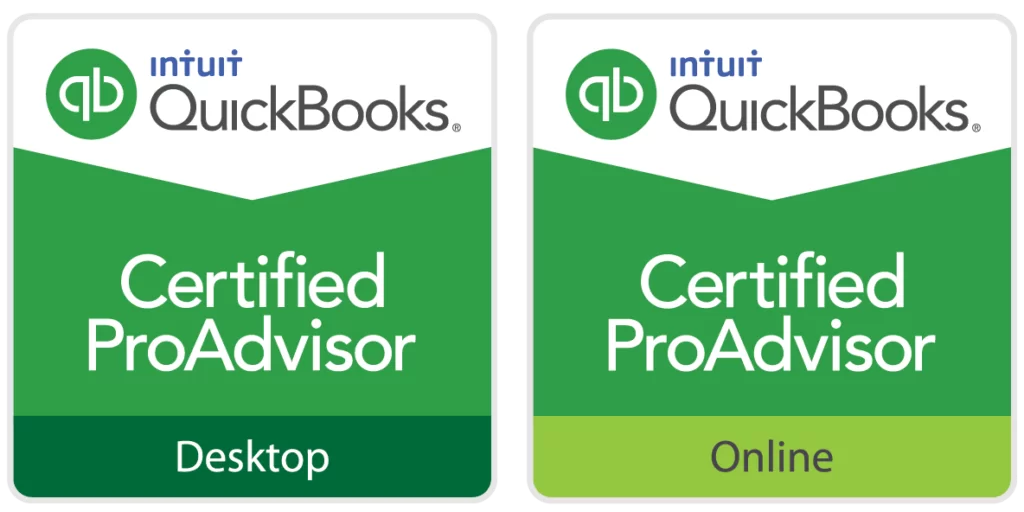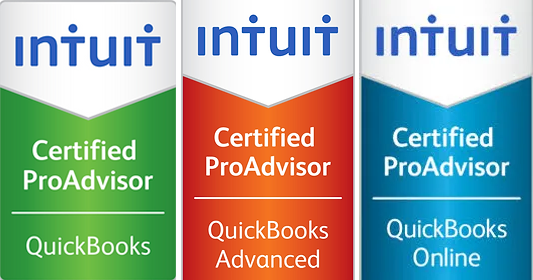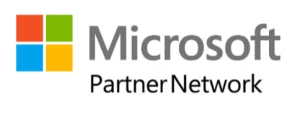QuickBooks is a popular accounting software used by businesses worldwide. It helps manage finances, payroll, and other essential tasks. However, like any software, QuickBooks can encounter errors. One common issue users face is QuickBooks Error 7300. This error can disrupt your workflow, causing frustration and delays. In this article, we will explore what QuickBooks Error 7300 is, its causes, and how to fix it effectively.
What is QuickBooks Error 7300?
QuickBooks Error 7300 occurs when the software encounters problems while trying to execute a particular command or task. It often appears when users attempt to open or work with their company files. This error can prevent you from accessing essential data and may result in incomplete or corrupted transactions.
Causes of QuickBooks Error 7300
Several factors can lead to QuickBooks Error 7300. Understanding these causes can help you address the issue more effectively. Here are some common reasons:
- Incomplete Installation: If QuickBooks was not installed correctly, it might lead to this error. Missing or corrupted files during installation can trigger problems.
- Damaged Company File: A corrupted or damaged company file can prevent QuickBooks from functioning correctly. This can happen due to unexpected shutdowns, hardware failures, or software bugs.
- Improper Settings: Incorrect settings in QuickBooks or your computer system can cause Error 7300. Misconfigured preferences or permissions might interfere with the software’s operation.
- Virus or Malware Infection: Malicious software can corrupt files and settings, leading to various errors, including Error 7300. It is essential to keep your system protected with antivirus software.
- Windows Registry Issues: Changes or corruption in the Windows registry related to QuickBooks can result in errors. These registry issues might occur due to the installation or uninstallation of programs.
Symptoms of QuickBooks Error 7300
Identifying the symptoms of QuickBooks Error 7300 can help you diagnose the problem quickly. Here are some common signs:
- QuickBooks crashes or freezes frequently.
- The software becomes unresponsive when performing certain tasks.
- Error messages appear on the screen while working with company files.
- Slow performance of the computer while using QuickBooks.
- Difficulty in opening or accessing specific company files.
Troubleshooting QuickBooks Error 7300
Fixing QuickBooks Error 7300 requires a systematic approach. Below are some steps you can take to resolve the issue:
Step 1: Update QuickBooks
Ensure you are using the latest version of QuickBooks. Updates often include fixes for known issues and improvements in performance.
- Open QuickBooks.
- Go to Help and select Update QuickBooks Desktop.
- Click Update Now and then Get Updates.
- Restart QuickBooks to complete the update.
Step 2: Verify and Rebuild Data
Verifying and rebuilding data can help identify and fix issues within the company file.
- Open QuickBooks and go to File.
- Select Utilities, then click Verify Data.
- If QuickBooks detects a problem, proceed with the Rebuild Data option.
- Follow the on-screen instructions to complete the process.
Step 3: Repair QuickBooks Installation
Repairing the QuickBooks installation can fix corrupted files and settings.
- Close QuickBooks and open the Control Panel.
- Go to Programs and select Uninstall a Program.
- Find QuickBooks in the list and choose Repair.
- Follow the prompts to complete the repair process.
Step 4: Use QuickBooks File Doctor
QuickBooks File Doctor is a tool designed to fix common QuickBooks errors, including Error 7300.
- Download and install QuickBooks Tool Hub from the official Intuit website.
- Open the Tool Hub and select Company File Issues.
- Click Run QuickBooks File Doctor and follow the instructions.
Step 5: Check Windows Registry
Incorrect registry entries can cause errors. Consider seeking professional help to fix registry issues.
- Press Windows + R to open the Run dialog.
- Type regedit and press Enter to open the Registry Editor.
- Backup the registry before making any changes.
- Carefully examine and correct any incorrect entries related to QuickBooks.
Step 6: Scan for Malware
Ensure your computer is free from viruses or malware. Run a full system scan using reliable antivirus software.
- Update your antivirus software.
- Perform a full scan of your computer.
- Remove any detected threats and restart your system.
Preventing QuickBooks Error 7300
Taking preventive measures can reduce the chances of encountering QuickBooks Error 7300 in the future:
- Regularly Update QuickBooks: Keep your software up to date to benefit from the latest fixes and enhancements.
- Backup Company Files: Regular backups can save you from data loss in case of file corruption.
- Use Reliable Antivirus Software: Protect your system from malware and viruses.
- Proper Shutdown: Always close QuickBooks and shut down your computer correctly to avoid file corruption.
- Review System Settings: Periodically check your system and QuickBooks settings to ensure they are correct.
Conclusion
QuickBooks Error 7300 can be a frustrating hurdle, but with the right approach, you can resolve it effectively. By understanding the causes and following the troubleshooting steps outlined in this article, you can get back to managing your finances smoothly. Regular maintenance and preventive measures can also help minimize the risk of encountering this error in the future.
If you continue to experience issues, consider seeking professional assistance or contacting QuickBooks support for further guidance.








